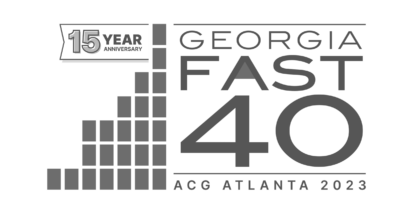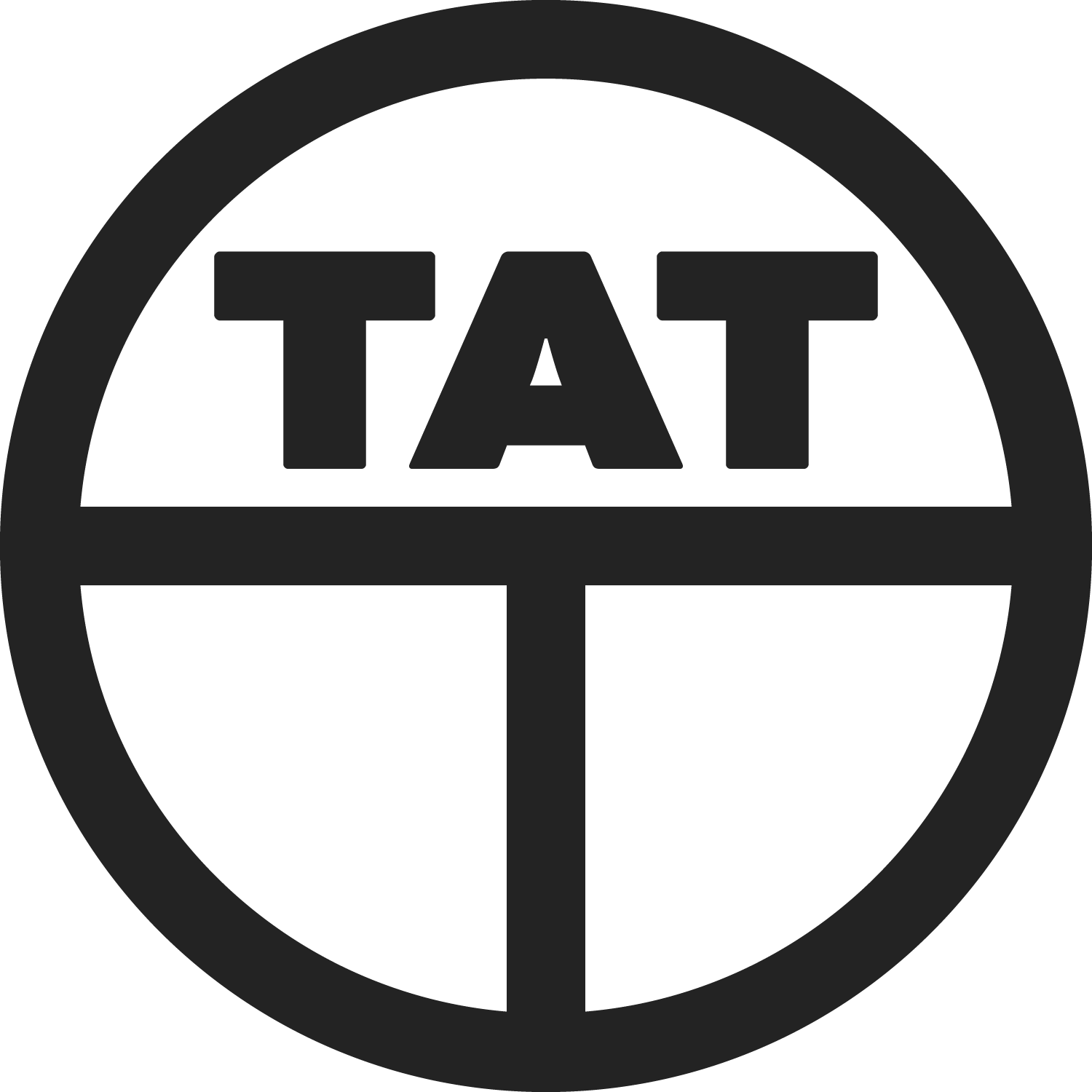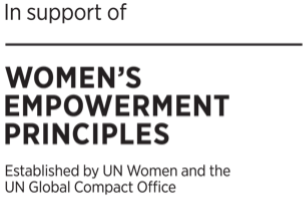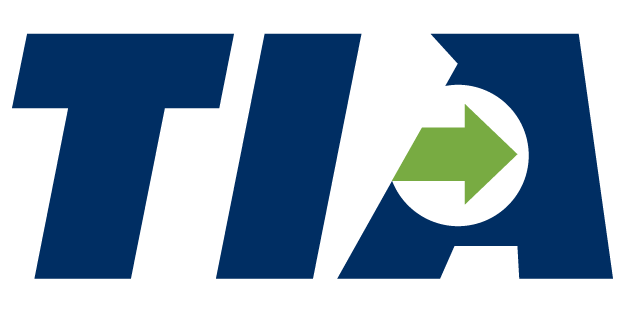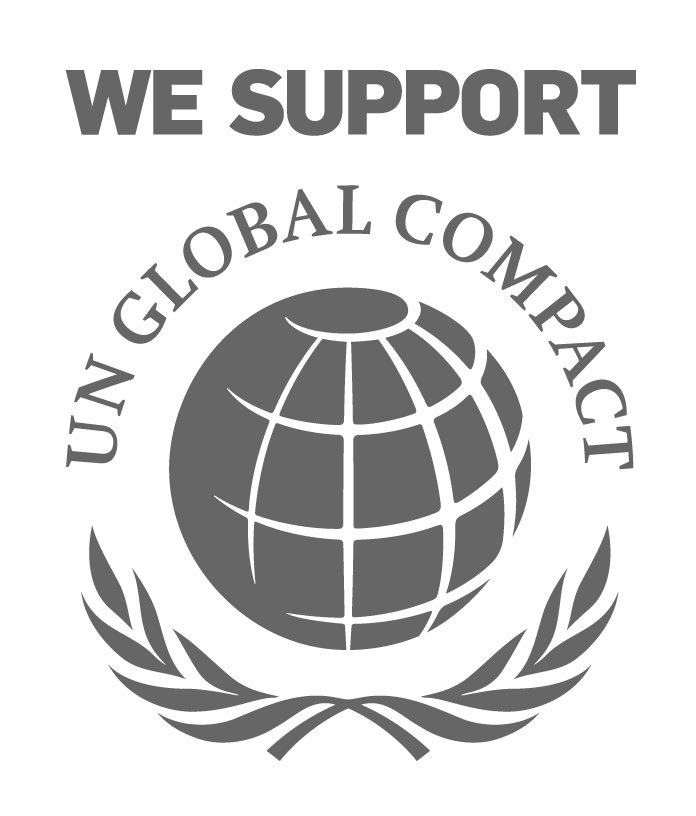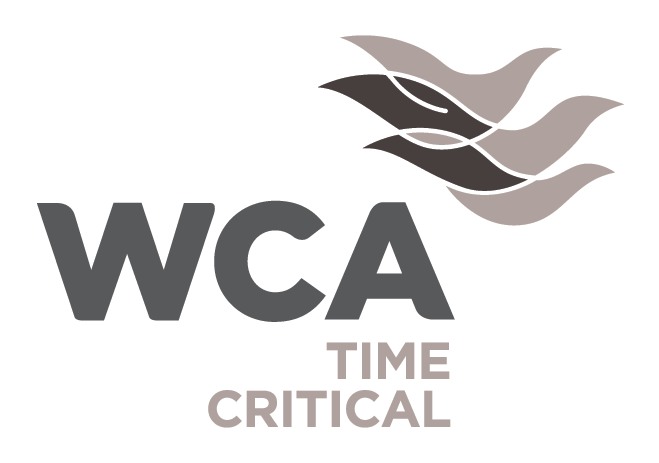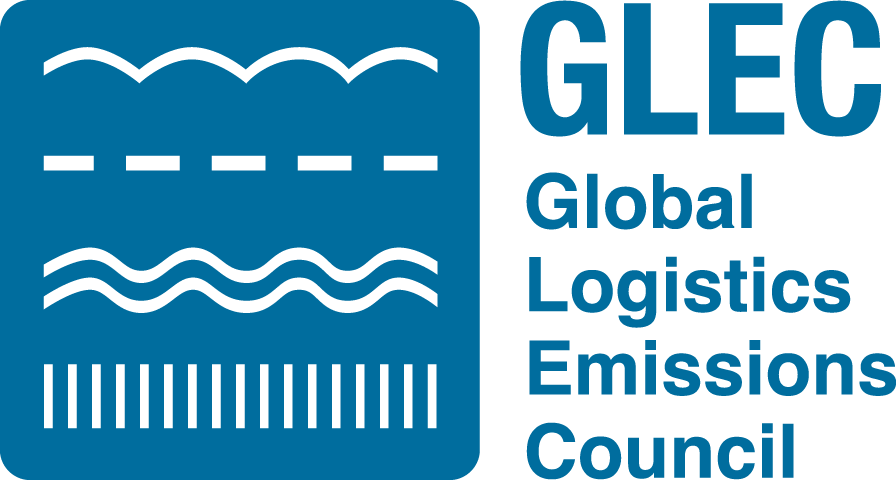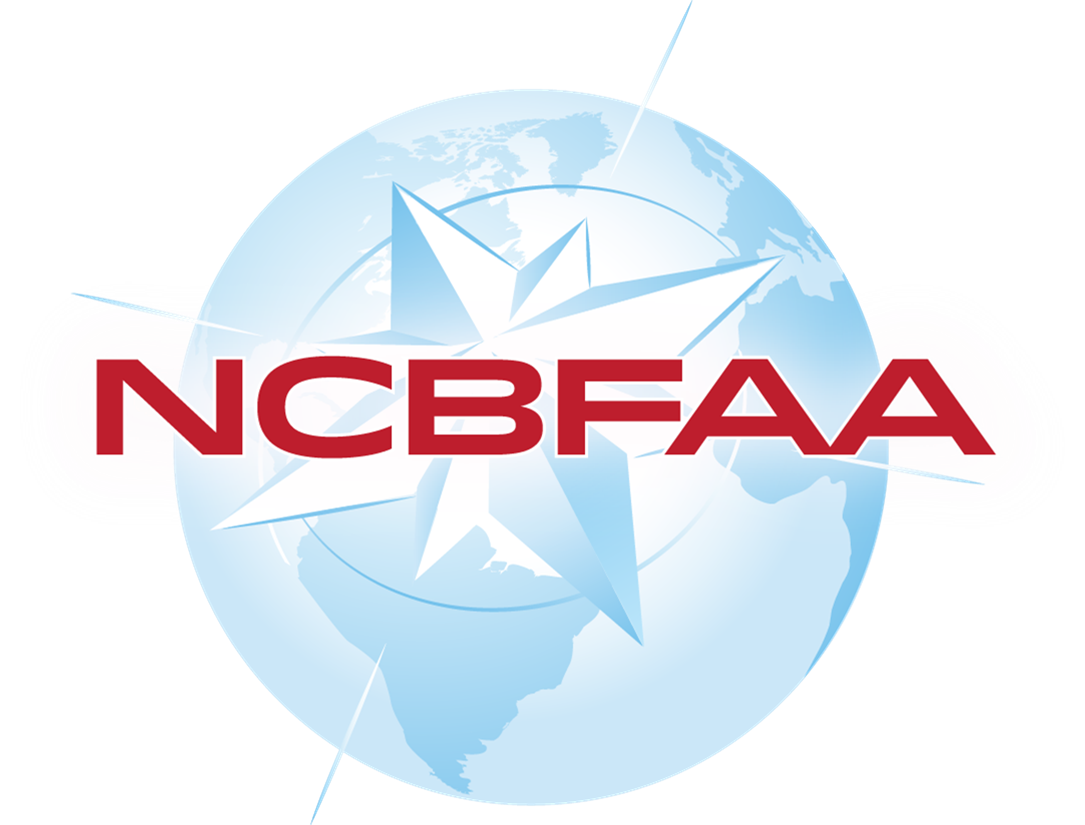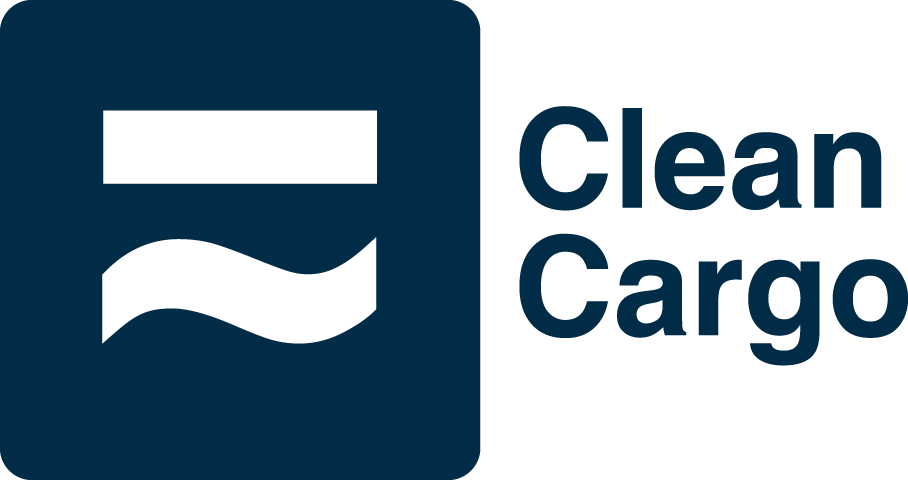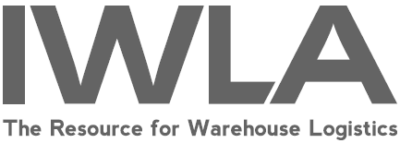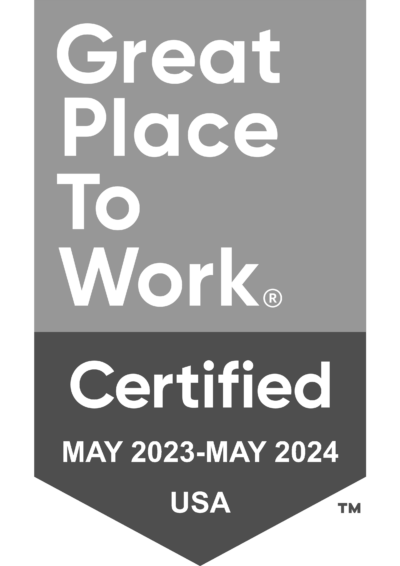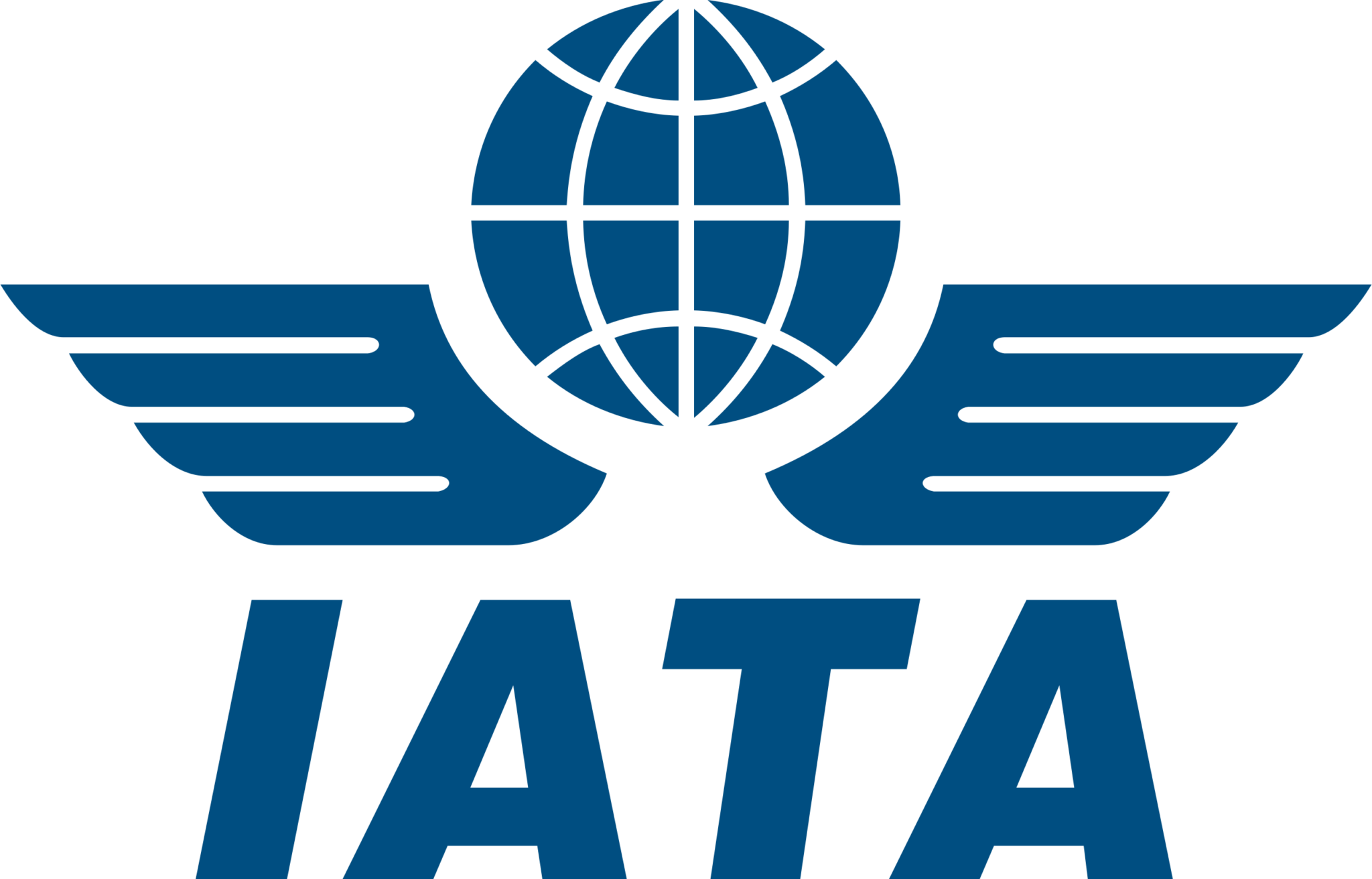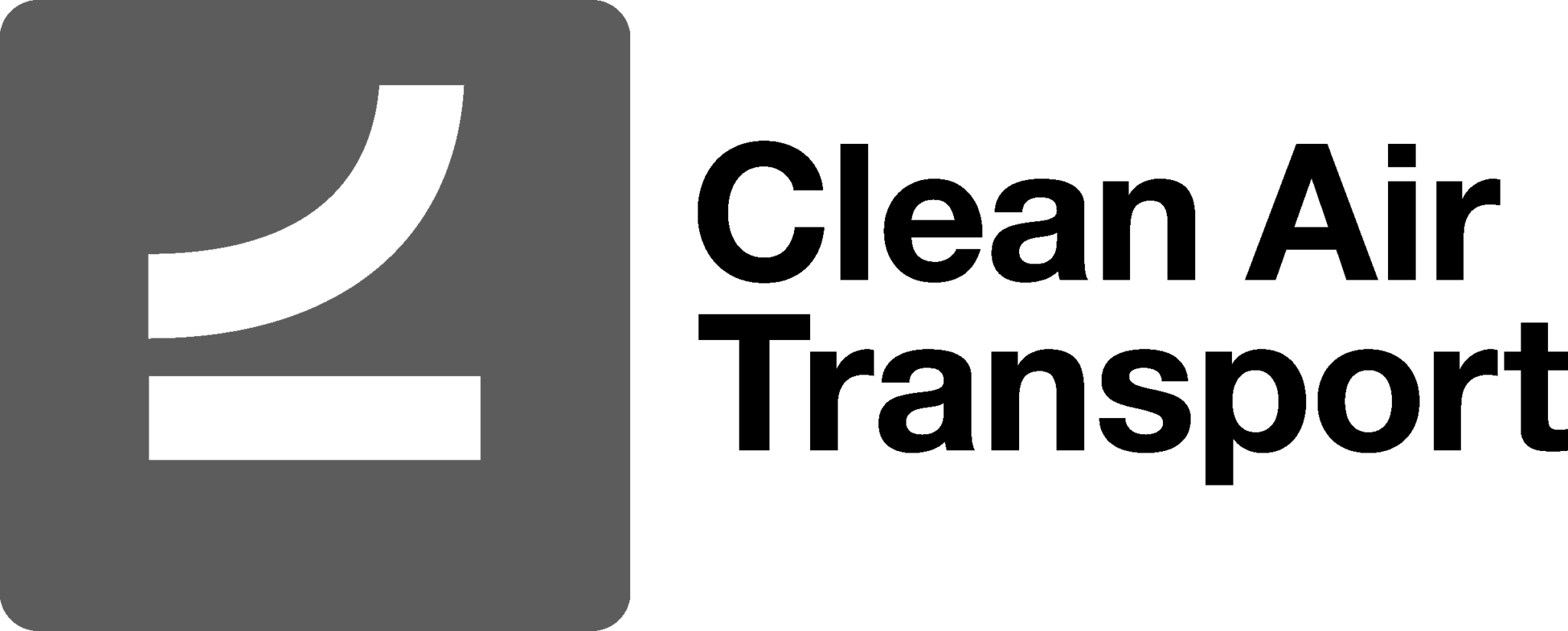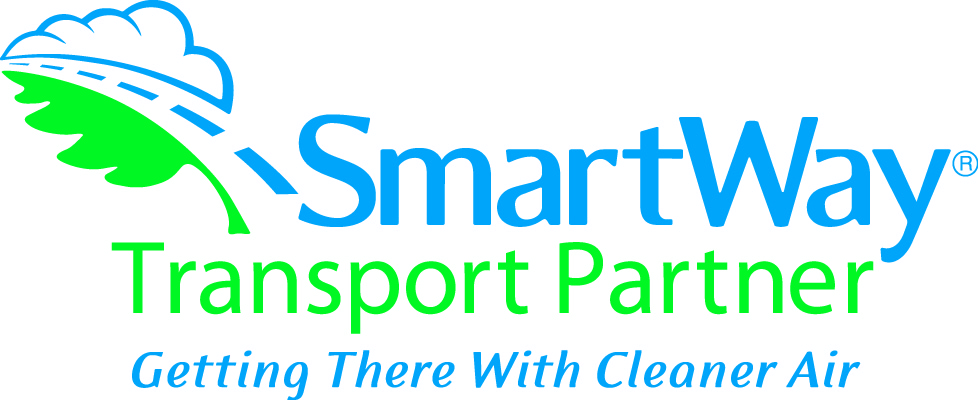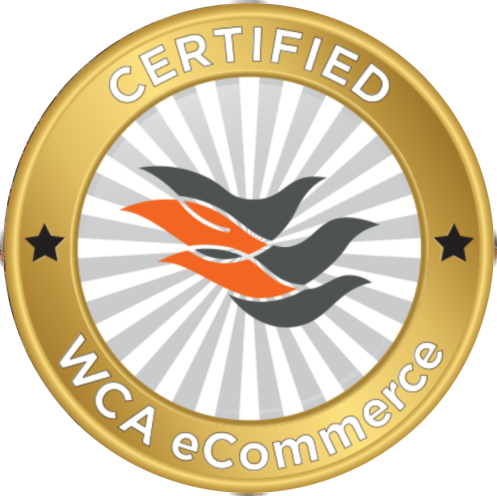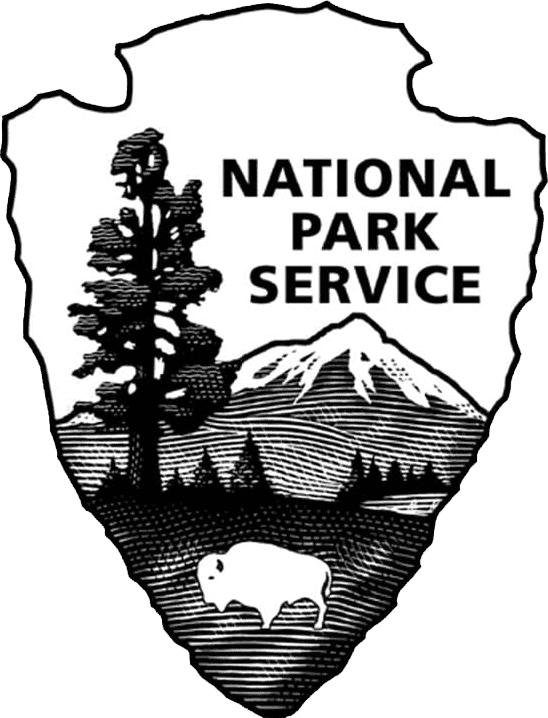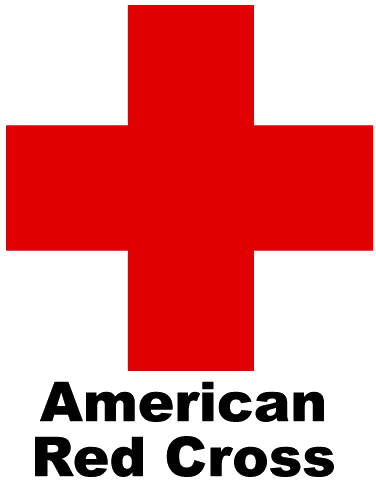SEARCH BY KEYWORD
FAQ: What is the Difference Between Demurrage and Detention?
Demurrage is charged while the container is still at the port. Detention is outside the port no matter full or empty. To give you an example, imagine that a shipper or consignee has seven ‘free’ days once his or her container arrives at a port before they need to collect their cargo. If the cargo is not picked up by the consignee within the ‘free’ timeframe, then every day after, the shipper can be charged Demurrage [...]
FAQ: What Does A Licensed Customs Broker Do?
There are approximately 14,000 active Licensed Customs Brokers in the United States - but what exactly, do they actually do? Licensed Customs Brokers (LCB), also known as Licensed Customhouse Brokers (LCHB), are individuals, corporations, partnerships, or associations authorized by the U.S. Federal government to assist companies & individuals in meeting government requirements for importing and exporting activities. Licensed Customs Brokers are experts in: Entry procedures Admissibility requirements Classification Valuation Rates of duty and applicable [...]
FAQ: A Lot of Items I Purchase Are Made in China. Are Any of These Excluded from the Section 301 Tariffs?
In early 2018, the United States Trade Representative (USTR), at the direction of the President, began rolling out several rounds of Section 301 tariffs targeting products manufactured in China. These additional tariffs were published in four lists and range from 7.5% to 25%. Importers, bearing the brunt of tariff penalties, were provided with some recourse from the additional costs of Section 301 tariffs and allowed to request exclusions. So far, USTR has granted hundreds [...]
FAQ: What Is the Difference Between an HTS Classification Number and a Schedule B Number?
Although they have a lot of similarities and come from the same roots, the HTS codes and the Schedule B codes are not the same. These terms can be easily used incorrectly and it’s important to understand the difference as an importer and an exporter in the United States. Let’s distinguish between the terminology. GLOBAL SYSTEM Harmonized System (HS) codes are defined and administered by the World Customs Organization (WCO) and they serve as [...]
FAQ: What Is Purchase Order Management? What Is Green Engineered Management?
What is Order Management? Order Management (OM), also known as Purchase Order Management (POM), is a solution or process a business uses to keep track of their purchase orders, inventory, and fulfillment throughout the lifecycle of their product. Order management data is incredibly powerful for businesses to review in order to assess product pricing and manage relationships with vendors. Traditionally, order management begins when a buyer places an order with their vendor (creating a [...]
FAQ: How Can I Calculate the Carbon Impact of my Supply Chain?
Calculating the impact of supply chain carbon emissions has become a popular topic for industry leaders to bring to the board room, but has the perceived complexity of meeting international compliance standards, such as EN 16258 and GHG Protocol, stalled businesses desperately looking for a solution? Here are the basic steps to calculation the carbon emissions of a supply chain: Define the transportation & transfer points along your routing plan, such as origins, destinations, [...]
You Ask,
Green Answers
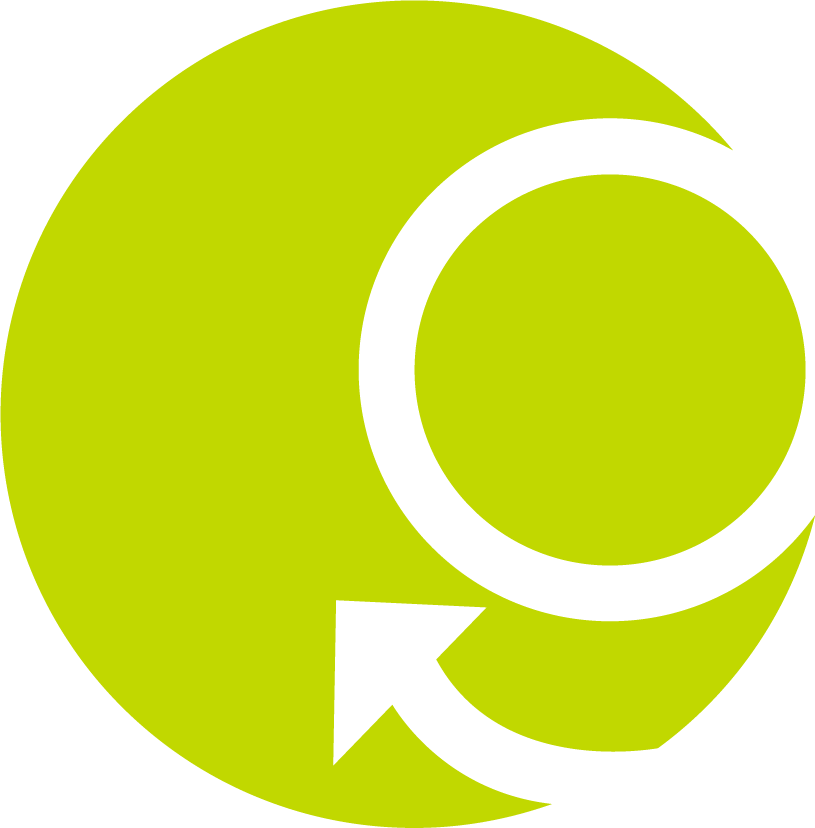
Don’t see the answer you’re looking for? Send it over to Green’s supply chain experts and we’ll answer your
question directly!
LATEST ARTICLES
Subscribe to the
Freight Market Update


